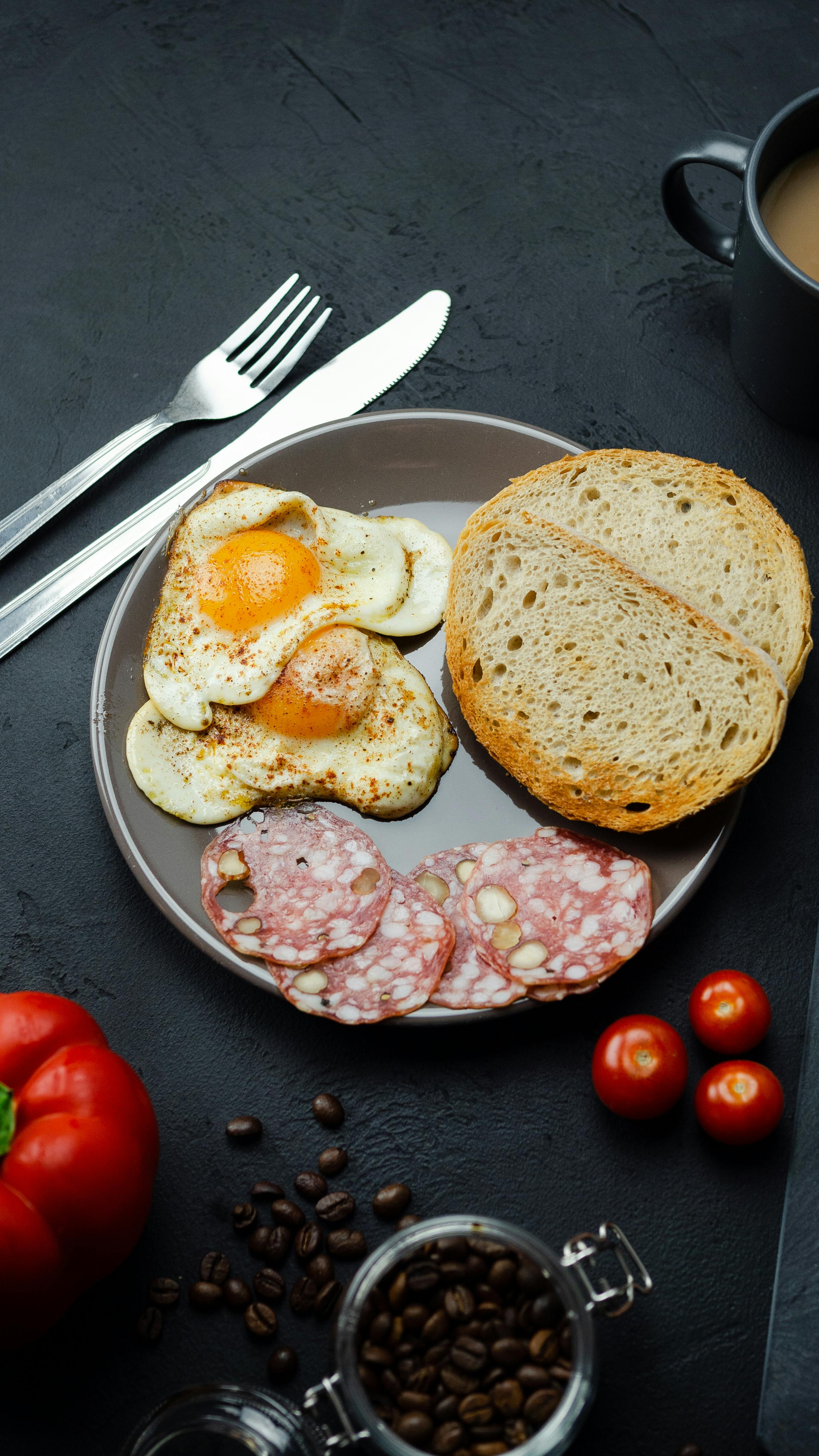
Effective Ways to Follow a Low Residue Diet for Successful Colonoscopy in 2025
Preparing for a colonoscopy is essential for ensuring the procedure goes smoothly and effectively. One significant aspect of this preparation is adhering to a low residue diet. This diet is designed to minimize the amount of undigested food that remains in your intestines, which is crucial for clear imaging during the colonoscopy. In this article, we will explore the importance of a low residue diet, how to prepare for a colonoscopy, and provide practical tips to make the experience more manageable.
The benefits of a low residue diet are profound; it can help reduce gastrointestinal discomfort and improve digestive health. This guide will outline specific dietary recommendations, foods to avoid before the procedure, hydration tips, and what to include in your pre-colonoscopy meal plan. Ultimately, our goal is to empower you with the knowledge to approach your colonoscopy confidently and comfortably.

Understanding the Low Residue Diet
Building on our initial introduction, it's essential to comprehend what constitutes a low residue diet. This dietary approach significantly limits fiber intake, which helps decrease the bulk in the intestines and facilitates easier digestion. Some key components of a low residue diet include carefully selecting allowed foods, ensuring proper hydration, and adhering to pre-colonoscopy guidelines.
Defining Low Residue Diet
A low residue diet typically involves consuming foods that are easy to digest and contain low levels of fiber. Common foods include white bread, lean meats, eggs, and certain fruits and vegetables in limited quantities. Understanding and implementing a low residue diet is crucial for the success of your colonoscopy by ensuring more comprehensive results.
Benefits of a Low Residue Diet
The benefits of following a low residue diet before a colonoscopy include reduced bowel strain and improved visualization during the procedure. By minimizing fiber intake, you lower the likelihood of experiencing digestive discomfort, making the entire preparatory phase much more manageable.
Allowed Foods on a Low Residue Diet
When preparing for a colonoscopy, it’s vital to know what foods are allowed on a low residue diet. Some examples include:
- White rice
- Skinless chicken or fish
- Eggs
- Fruit juices without pulp
- Clear broths
- Refined grains
Incorporating these foods into your diet will help ensure you're meeting the requirements for an effective colonoscopy prep.
Foods to Avoid Before a Colonoscopy
Equally important is knowing what foods to avoid. High-fiber foods such as whole grains, nuts, seeds, and many fruits and vegetables can create unnecessary bulk that could compromise your colonoscopy results. Identifying and eliminating these foods from your diet will provide a smoother colon prep experience.
Pre-Colonoscopy Guidelines
With the basics covered, let’s delve deeper into pre-colonoscopy guidelines. These guidelines will help you streamline your dietary choices during the days leading up to your procedure. By understanding these recommendations, you're better equipped to enhance your digestive health and ensure that your colonoscopy is successful.
Managing Fiber Intake
Reducing fiber intake effectively can be done in a gradual manner leading up to your procedure. It’s advisable to start this reduction a few days before the colonoscopy to allow your digestive system ample time to adjust. By integrating more low fiber options into your meals, you promote digestive comfort.
Hydration Importance
Hydration before your colonoscopy cannot be overstated. Drinking plenty of clear liquids is crucial to preparing your gut and preventing dehydration. Consuming clear liquids like water, broth, and certain juices will help cleanse your digestive tract effectively.
Timing and Scheduling
Understanding the timing of your dietary changes is critical. Experts recommend starting the low residue diet two to three days before your colonoscopy. This gives your body adequate time to digest and prepare for the procedure. Being strict with this timeline will facilitate a more successful colon prep.
Colonoscopy Meal Plan
Now that you understand the importance of the low residue diet and pre-colonoscopy guidelines, let’s outline an effective colonoscopy meal plan. This plan will further simplify your preparation and ensure your digestive tract is ready for the procedure.
Sample Meal Ideas for Colon Prep
Creating a meal plan for your low residue diet can be quite simple. Here are some sample ideas:
- Breakfast: Scrambled eggs with white toast
- Lunch: Grilled chicken with white rice and clear broth
- Dinner: Baked fish with mashed potatoes
These meal options provide essential nutrients without introducing excess fiber, aiding in digestive readiness.
Low Residue Snacks Options
During the lead-up to your colonoscopy, it's still possible to enjoy some low residue snacks. Consider options that are easy on the digestive system, such as:
- Plain yogurt
- Gelatin desserts
- Hard candies
These choices keep you satisfied while adhering to your dietary restrictions.
Tips for a Successful Colonoscopy Prep
While you navigate the dietary changes leading up to your colonoscopy, here are some proven tips to keep in mind for successful preparation:
Understanding Colonoscopy and Diet
Your diet plays an integral role in the overall success of the colonoscopy. Understanding how specific foods affect your digestive health can empower you to make better choices leading up to the procedure. Addressing any concerns about your diet with a healthcare professional can further enhance your preparation.
Managing Digestive Discomfort
If you're prone to digestive discomfort, consider discussing these challenges with a gastroenterologist before making drastic dietary changes. They can provide tailored recommendations that suit your health needs during the colon prep phase.
Colonoscopy FAQs
Finally, let’s tackle some frequently asked questions regarding colonoscopy preparation:
What happens if I don’t follow the low residue diet?
Not adhering to the low residue diet could result in incomplete clearance of the colon, potentially leading to postponed procedures. Clear imaging is vital for effective diagnosis, making it imperative to follow dietary guidelines closely.
Are there alternatives to a low residue diet?
While a low residue diet is highly recommended for colonoscopy prep, alternative diets may not provide the same level of efficacy. Always consult with your healthcare provider to determine the best approach for your individual needs.
How important is hydration?
Hydration plays a critical role in the preparation process. Ensuring that you are adequately hydrated facilitates digestion and prepares your body for the procedure. Aim for at least 8-10 cups of clear liquids in the days leading up to your colonoscopy.

Following these guidelines, tips, and meal plans will not only simplify your colonoscopy preparation but also contribute to better digestive health. Remember, a successful colonoscopy starts with preparation, and adhering to a low residue diet is a crucial step. For deeper insights, you may also want to explore more about preparing for a colonoscopy or follow some dietary guidelines specific to colon health.